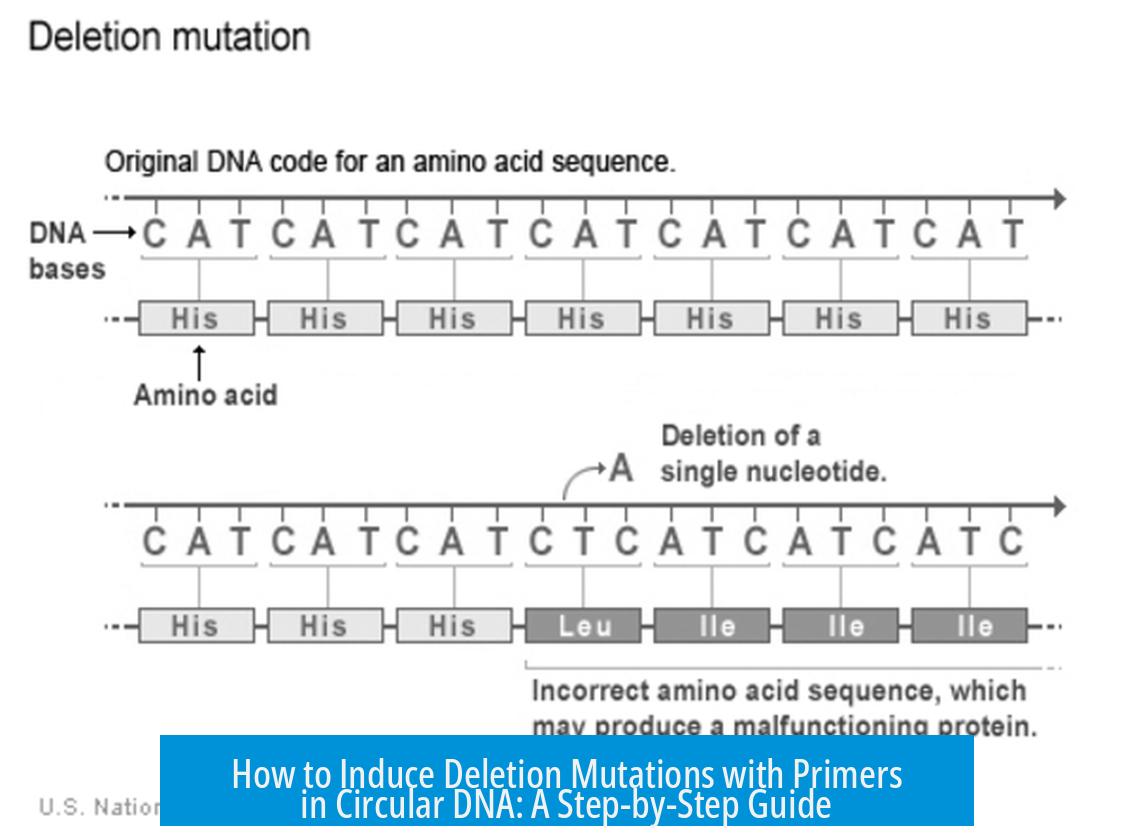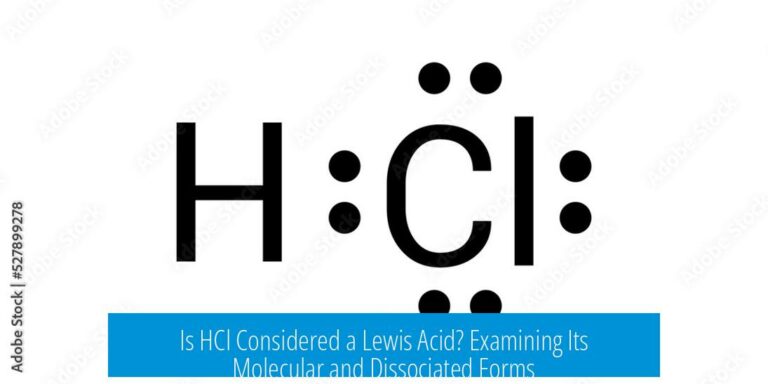How to Induce Deletion Mutations with Primers
Deletion mutations can be induced using primers by designing them to flank the target sequence on circular DNA, amplifying the plasmid without the unwanted region, and then recircularizing the DNA. This method uses PCR and DNA ligase to remove specific sequences precisely.
Concept of Deletion Using Primers on Circular DNA
Imagine a circular DNA strand containing a sequence you want to remove. For example, the DNA segment …AAAAAAAAATGTGTGTCCCCCCCCGAGAGAGAGAAAAAAAAAAA… includes the sequence “CCCCCCCC” targeted for deletion.
Primers are designed to bind just before and after this segment, excluding it during amplification.
Designing Primers to Delete a Specific Sequence
Two primers are essential:
- Forward primer: Matches the sequence immediately after the deletion region (e.g., GAGAGAGAGAAA).
- Reverse primer: Complements the sequence just before the deletion area (e.g., ACACACATTTTTTTT).
Primer lengths are adjusted to ensure similar melting temperatures and efficient annealing during PCR.
PCR Amplification to Remove the Target Sequence
The primers amplify the entire plasmid except the unwanted “CCCCCCCC” region. The result is a linear DNA molecule missing that sequence.
Recircularizing the DNA After Deletion
The linear DNA is then treated with a DNA ligase enzyme, which seals the ends to form a circular molecule again. This recircularization restores plasmid integrity minus the deletion.
Simplified Example
Take a smaller sequence: AAAACCCAAAAAA, where “CCC” is the target deletion.
After circularization, primers are designed to exclude “CCC,” resulting in an amplified sequence of AAAAAAAAAA. PCR replicates this deletion, and ligation follows to maintain circular DNA.
Although primers in this simple example might bind repetitively, it illustrates the principle.
Additional Reference
For a detailed protocol on PCR-based deletion mutagenesis, visit PCR splicing methods.
Key Takeaways
- Design primers flanking the sequence targeted for deletion.
- Use PCR to amplify the plasmid without the deleted region, generating linear DNA.
- Apply DNA ligase to recircularize the DNA molecule.
- Adjust primer length for matching annealing temperatures.
- This technique enables precise deletions in circular DNA constructs.





Leave a Comment